An Expat’s Guide to Dutch House Styles and Types
Categories: Culture,Latest News
In the Netherlands, you’ll find some beautiful examples of historic architecture—and you’ll also get the chance to live inside! The country is known for its innovative and diverse approach to housing. It reflects its rich history, unique geography, and forward-thinking urban planning. As a result, the Dutch housing landscape offers residents various options. You’ll find charming canal boats and impressive townhouses through to eco-friendly communities.
We’ve compiled a straightforward list exploring some of the most common housing types in the Netherlands!
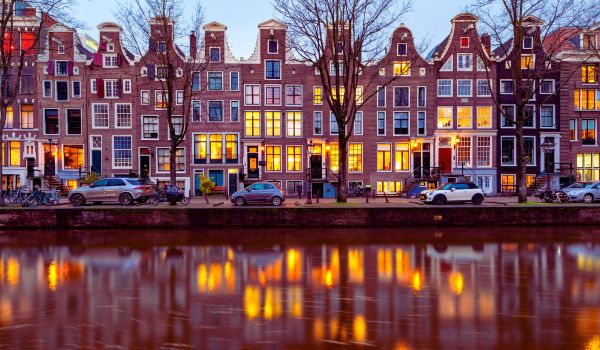
Canal Houses (grachtenpanden)
Let’s start our list with the most iconic Dutch housing type. Canal houses, or “grachtenpanden,” are symbols of Dutch architecture. This is especially true of cities like Amsterdam and Utrecht. These tall, narrow buildings boast characteristic gabled facades. This makes them perfect for an Instagram post or two! Built for wealthy merchants during the Dutch Golden Age, many canal houses are now upscale apartments. Yet, they retain their historic charm.
If you want to snap up a canal house in one of the big Dutch cities, expect to pay a significant amount for the privilege! Many are often historic buildings. So, changes to the facade or internal structure are sometimes not possible.
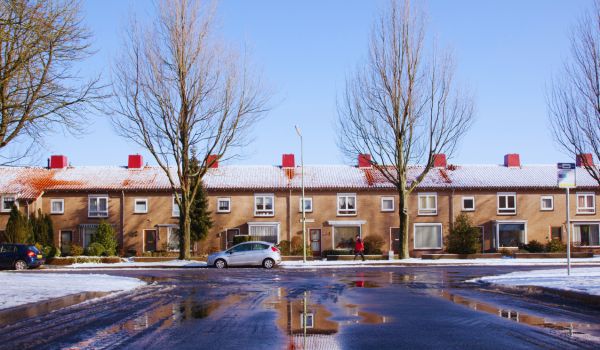
Terraced Houses (Rijtjeshuizen)
Terraced houses are typical in Dutch cities and towns, predominantly residential neighborhoods. They’re the ‘everyday’ housing style in which most Dutch families live. These row houses are usually narrow, two to three stories tall. They also share side walls with neighboring properties. They offer efficient use of space and are often favored by families and urban dwellers seeking a sense of community.
Many Rijtjeshuizen were built between the 1960s and 1980s. This means that the style of these houses varies. A new-build house or ‘nieuwbouw’ is often more modern. They also incorporate elements such as solar panels or even heat pumps. Older developments sometimes have bigger gardens but lack a contemporary look.
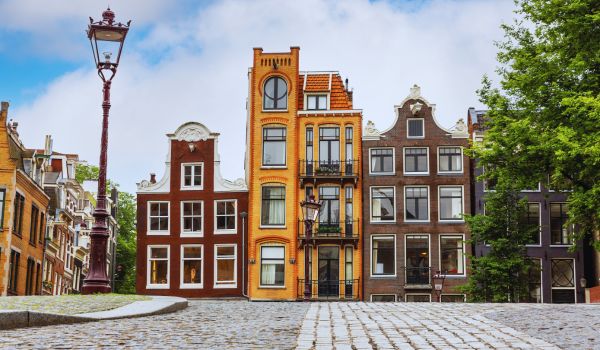
Townhouses (Herenhuis)
Most old Dutch cities have an inner ‘oude stad’. This is usually lined with streets comprised of grand townhouses. These are like canal houses but without the canal! Like American brownstones, they are large, often incorporating three or more floors. Picture large, impressive windows, high ceilings, and carved, decorated facades. Traditional Dutch townhouses are sought after. Today, many have become shared student accommodations. Others are now modern apartments. In some cities, a townhouse remains in the same family for centuries!
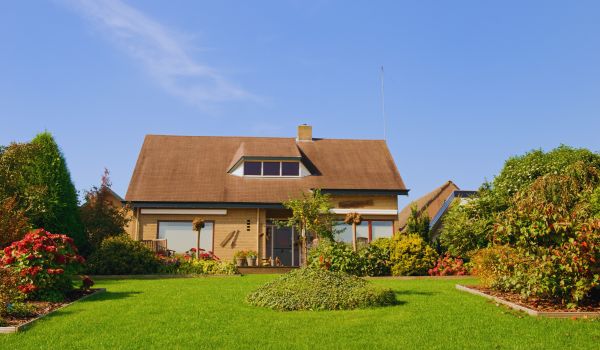
Vristandhuis
Vrijstandhuis is a term used to describe any completely detached house. They’re often similar to townhouses but free-standing, with larger gardens. They come in all shapes and sizes and are far more unique than a herenhuis or rijtjeshuizen! These sometimes large homes are standard features of Dutch cities and towns. Some older Vrijstandhuis are referred to as villas. In the past, they were often homes to wealthy merchants, farmers, or landowners. Today, many remain private residences. Others are offices, shared apartments, or even government buildings.
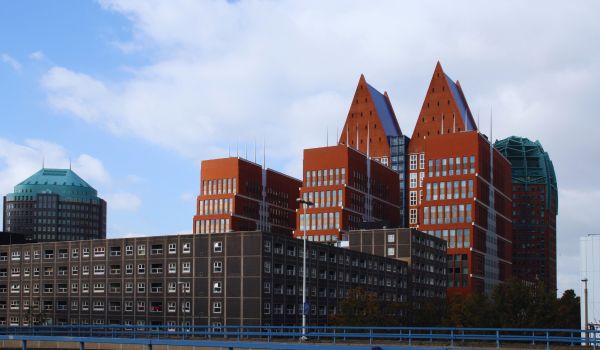
Apartments (Appartementen)
Apartments, or “appartementen,” are the most common form of housing. This is especially true in more dense urban areas, catering to a diverse range of residents. They are found in low-rise buildings, high-rise towers, and converted industrial spaces. Apartments offer varying sizes and layouts, from cozy studios to spacious penthouses. They provide options for individuals, couples, and families. Some apartment buildings are reserved entirely for student housing. Others, such as larger homes or townhouses, are often divided into private and rented apartments.
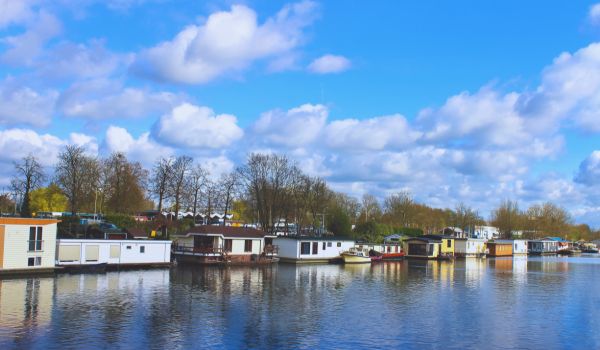
Houseboats (Woonboten)
Another almost iconic feature of Dutch waterways, houseboats offer waterfront living. These floating homes come in various shapes and sizes. You’ll find traditional barges converted into cozy dwellings. These are often alongside modern, architect-designed houseboats with modern amenities. Living on a houseboat allows residents to embrace the tranquility of the water. They also allow you to remain close to urban centers. Some houseboats are permanently moored, while others are still ‘water-worthy.’ This means residents can move around the country on the many waterways linking Dutch cities. If you want to experience a more nomadic lifestyle, a Dutch houseboat might be the way to go!
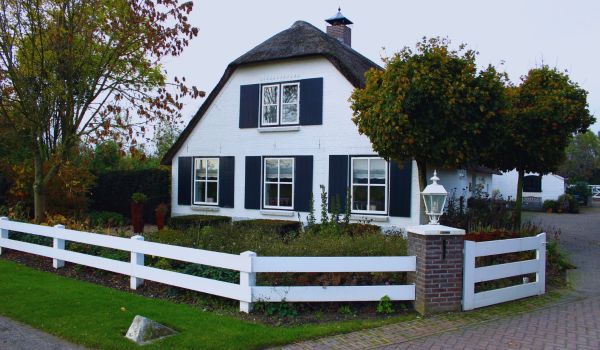
Farmhouses (Boerderijen)
Traditional Dutch farmhouses, or “boerderijen,” dot the landscape in rural areas and often appear on the outskirts of cities. These charming homes often feature thatched roofs, wooden beams, and large gardens or farmland. Some remain working farms, while others are now private residences.
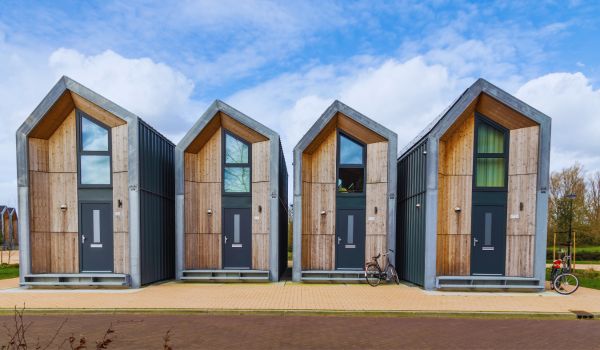
Modern Eco-Housing
The Netherlands is investing in sustainable living. Many eco-friendly housing developments use innovative design and technology. These include passive houses and zero-energy homes. There are also several eco-communities prioritizing things such as energy efficiency. They also use renewable resources and environmentally friendly construction materials. A great example is the Schoonschip Project in Amsterdam. This is a floating neighborhood powered by solar energy and rainwater harvesting.
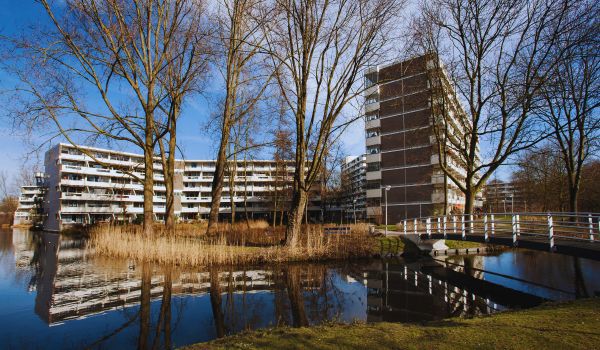
Social Housing (Sociale Huurwoningen)
Social housing is crucial in the Dutch housing market. It provides affordable accommodation for low—and middle-income households. Managed by housing associations, social housing incorporates many housing types, including apartment complexes, terraced houses, and new-build projects. Dutch urban planning is world-renowned. Many Dutch social housing projects meet the needs of diverse communities. Eligibility is based on income, among other criteria.
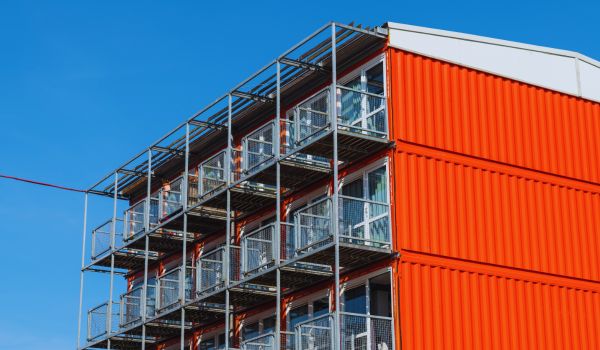
Student Housing (Studentenhuisvesting)
With thriving student populations, Dutch university cities offer specialized student housing. These include student dormitories, shared apartments, and student cooperatives. Student housing complexes often feature communal areas, study spaces, and recreational facilities. This helps to foster a sense of community among residents.
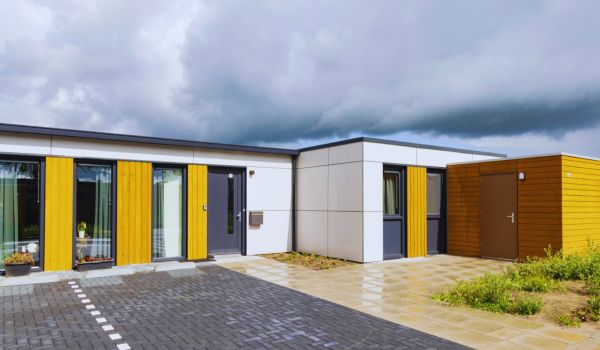
Temporary Accommodation (Tijdelijke Woonruimte)
Temporary accommodation solutions have become common in the Netherlands. These may include modular housing units and container homes. These provide short-term housing for groups such as students and migrants. Temporary housing initiatives help alleviate housing shortages. They also offer flexible living arrangements for diverse populations.
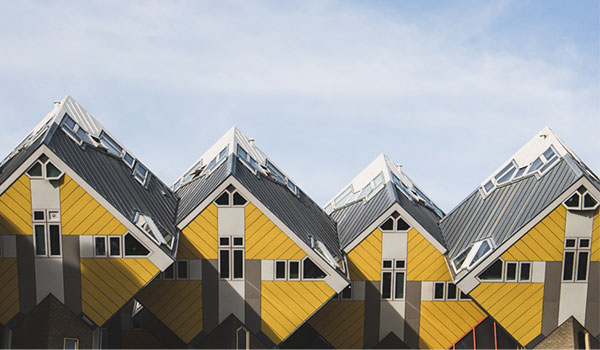
Experimental Architecture
The Netherlands is famous for its range of architectural styles. You’ll find examples of every style, from harsh brutalist tower blocks to Dutch Baroque. Dutch urban planners also push the boundaries of design and functionality. Consider their urban projects, such as the Cube Houses (Kubuswoningen) of Rotterdam. There’s plenty of experimental architecture across the Netherlands. You’ll see social developments to private, free-standing homes (vrijstaand). You’ll also find eco-communities built around different concepts. This includes tiny homes or structures connected directly to the landscape.
This list breaks down some of the most common housing categories. However, Dutch housing is such a rich tapestry of new and old that styles and types often blend together. No matter your desired living style, you’ll find options in the Netherlands. Whether nestled along tranquil canals or living with nature. Or, rising skyward in bustling cities, Dutch homes cater to diverse lifestyles and preferences. From the traditional to the futuristic, the Dutch housing landscape continues to evolve. This all sets the scene for vibrant living!
